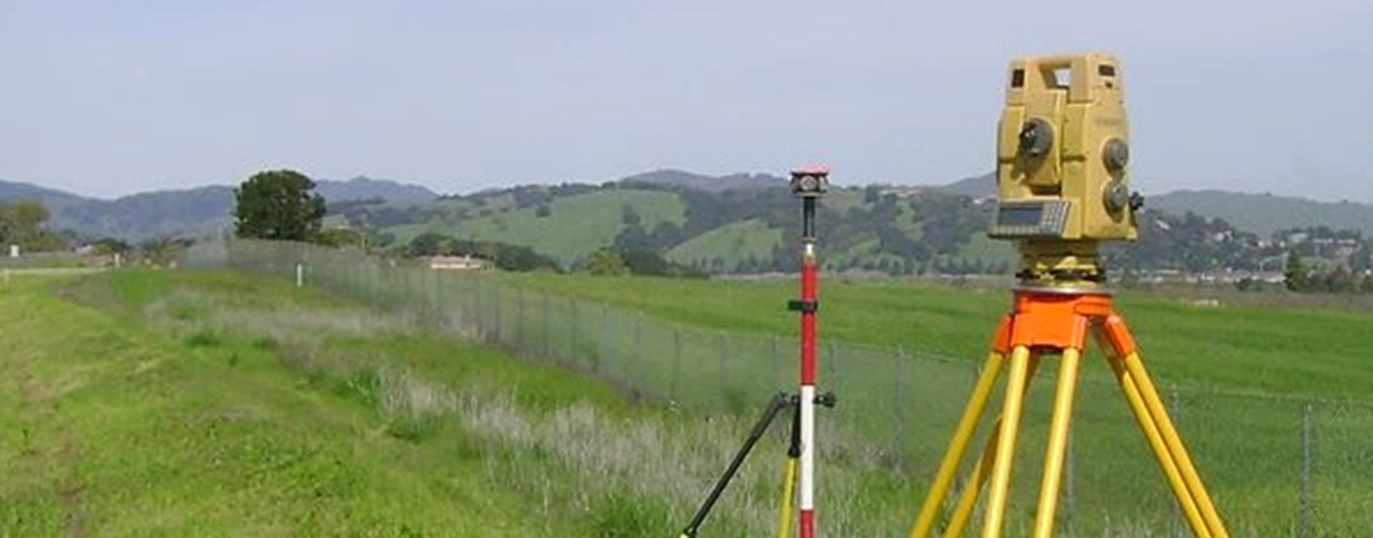
From time to time we’re asked what to do if a deed is missing to mineral or oil rights. Can you recover your interest in these rights if you’re missing the deed? And how are these rights exercised?
In this article, we take the questions one at a time.
I Inherited Mineral Rights. What Does This Mean?
Property owners on oil-rich or mineral-rich land can sever their ownership into two parts. One deed can represent the surface with the building(s). A separate deed can represent the minerals beneath.
So, a mineral rights deed represents legal ownership of the minerals under the surface of the land. Some mineral deeds come with warranties, while others are quitclaim deeds. They identify the owner, the address, the specific minerals present on the property and where they are, and the date on which an interest is conveyed.
A mineral rights deed holder may form leases with extraction companies, then receive income from the sales. Owners can list their mineral rights for lease or sale using online marketplaces. The holder of mineral rights must pay taxes on the income.
The mineral rights deed should additionally lay out how the mineral owner gets access in a manner that doesn’t keep the surface owners from using their property. The property survey also includes access details. Note that some easements do have the effect of keeping a landowner from building structures on parts of the land.
In some states, the real estate developers reserve oil or mineral rights, so the regular buyer cannot convey them.
I Inherited Mineral Rights, But Lost the Deed for the Rights. What Do I Do?
If you have received mineral rights, or think you might have received them, but don’t have the deed to those rights, here are some ways to track down your interest:
- Go to the recorder of deeds’ office in the county where you believe your mineral rights exist. If documents are digitized, you should be able to find your deed online.
- Look up “unclaimed property” in the state where you believe the rights exist. . If documents are digitized, you should be able to find your deed online. Check under names of other possible heirs, too.
- Look up the inventory records for the relevant probate case.
If the county hasn’t digitized its deeds, call a title company to order a deed search.
I Inherited Royalty Rights. How Do They Differ From Mineral Rights? And What If I Don’t Have the Deed?
Perhaps your spouse or relative passed away after receiving oilfield royalties, and these were passed on to you. But you never received the deed. What now?
A title professional can help you “clear title” into your name. If the deceased person had already conveyed a deed into your name while living, ask the county for an Affidavit of Identity stating who you are and where you live.
If not, follow the steps in the section above.
Note that your royalty rights are less robust than mineral rights. You don’t get an easement to put extraction equipment on the land. Rights to royalties are only valuable when the actual mineral owner extracts and successfully sells the minerals.
Begin your Real Estate Title Research at Deeds.com.
Is Tracking Down My Mineral or Oil Interests Worth the Effort?
According to Landgate.com, mineral rights can be worth anywhere from $250 to $10,000 per acre. In some states, mineral rights never expire. So if you’re concerned about recovering your rights, it’s quite possible that you can. While you might need to seek out a title professional to work with you, the end result could be well worth it.
Supporting References
Makayla Bishop for Landgate Corp via Landgate.com: Understanding the Mineral Deed (Feb. 5, 2023; updated: Dec. 8, 2023). See also Landgate.com: The Value of Land Across the United States.
Deeds.com: Will You Own the Mineral, Water, and Air Rights to Your New Home? (Jan. 28, 2022; internal citations omitted).
CourthouseDirect.com blog: What’s the Difference Between Mineral Deeds and Royalty Deeds (Sep. 5, 2018).
And as linked.
More on topics: Deed of release, Your home’s mineral, water, and air rights
Photo credits: Aavaaz home builder, licensed under CC BY-SA 4.0 Int’l (via Wikimedia Commons); and Pixabay, via Pexels/Canva.
